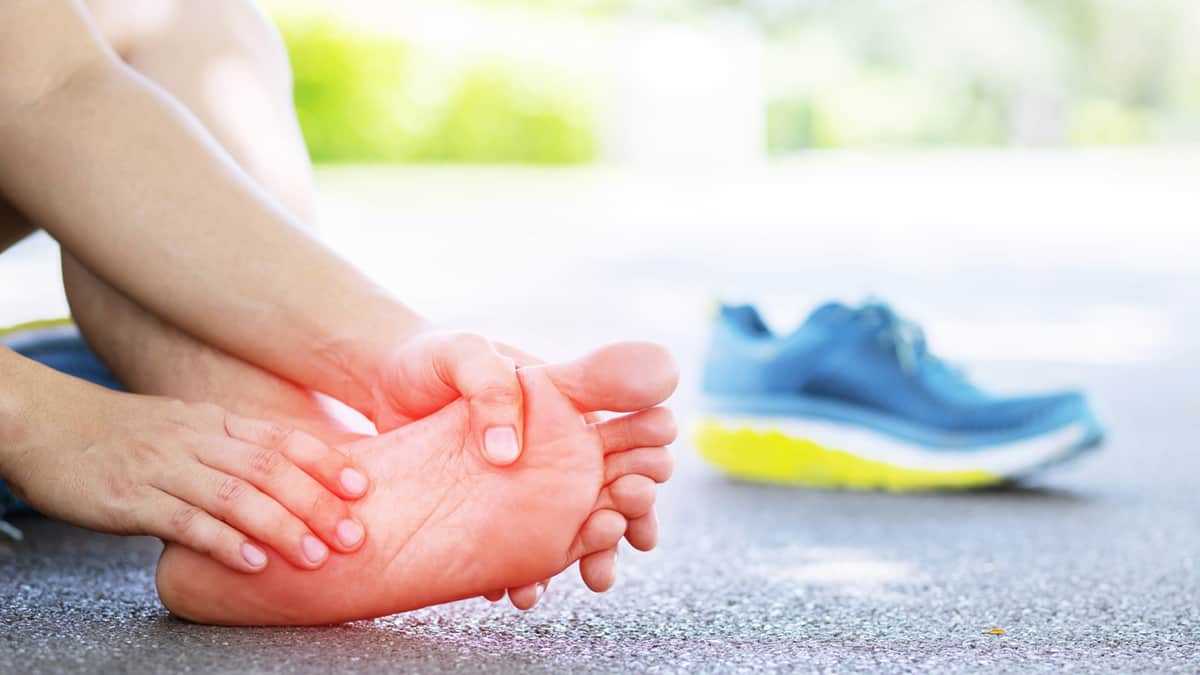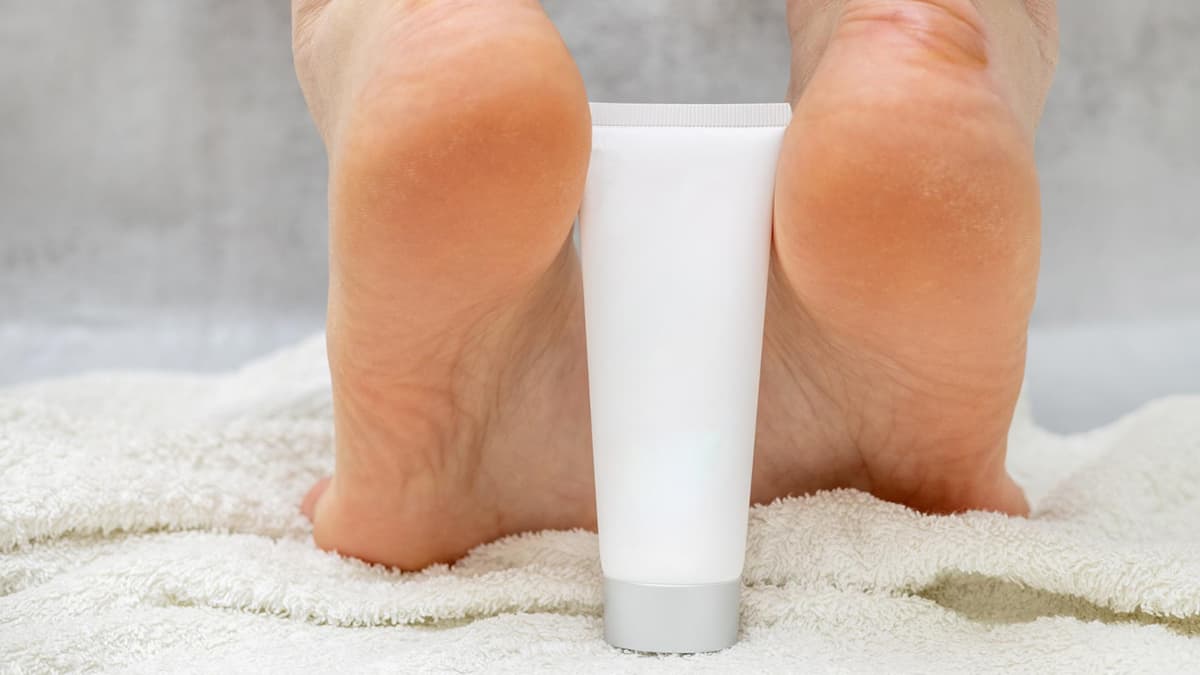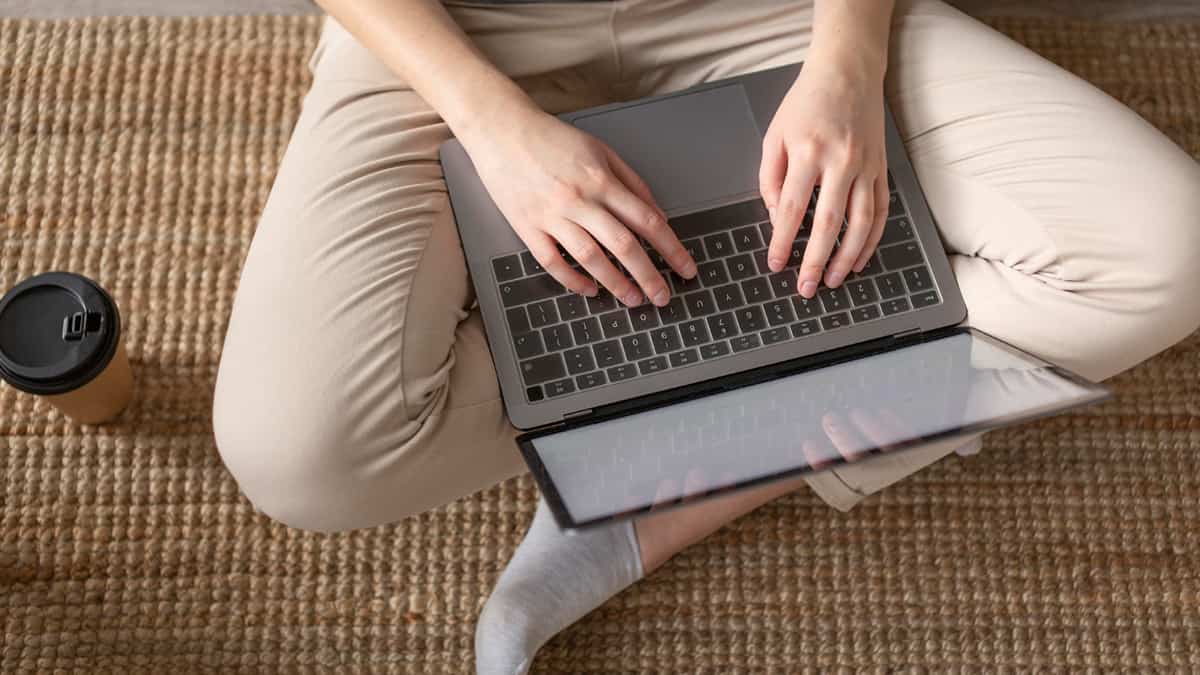Save Your Feet! Find the Right Athlete's Foot Meds
speciality medications

Athlete’s foot is a condition that can sound compelling—being an athlete is a good thing, right? But here’s the truth: Athlete’s foot can result in discomfort and long-term frustration for just about anyone.
Fortunately, there’s a fix. Athlete’s foot meds present an effective way to avoid the fungal growth and consequent symptoms of this issue. Whether you’re a runner, a person who lives in a humid environment, or anyone who’s dealing with athlete’s foot, it’s important to select the right type of athlete’s foot meds to get the best possible results.
You’re in the right place. This guide will help you select the right medication and help you understand how to use it properly.
Athlete's Foot Meds: Helping You Soothe Symptoms in Your Shoes
If you’re suffering from athlete’s foot, there’s no need to feel frustrated or ashamed. It’s just a wake-up call for you to initiate routines that lead to better foot health.
New to the world of fungal infections? Here’s a quick overview. This information will help you understand which athlete’s foot med is the best option for you and your condition.
What is Athlete's Foot?
Athlete’s foot is a fungal infection. This means that when you see symptoms of athlete’s foot, it’s because a specific type of fungus (often, a variant called Trichophyton) has taken up residence in a place in close proximity to your feet.
Trichophyton loves warm, damp places. This means that pool areas, public showers, and sweaty gym shoes are perfect places for it to thrive.
Unfortunately for you, when fungi infect your feet, you risk the following symptoms of athlete’s foot:
- Stinging, itching, burning sensations on the soles of your feet or between your toes
- Red, flaky, scaly patches on the affected skin
- Scaling and dryness on the soles and sides of your feet, which can sometimes extend up the side of your foot
- Blister formation
- Discolored, thickened, and even crumbling toenails
- Raw skin, if you scratch and itch too much
- Unpleasant odors, if your infection goes untreated for too long
- Swollen, inflamed, and painful skin
All of that hardly sounds pleasant. (It’s not.) But how do these symptoms impact the daily lives of people who have athlete’s foot?
The Impact of Athlete's Foot on Daily Life
Athlete’s foot tends to start between a person’s toes.
That’s a ‘person,’ not necessarily an athlete. You don’t need to be particularly active to be a candidate for this kind of infection. You just need to give fungi the correct conditions for burrowing down next to your feet, e.g., warmth and moisture.
Once the fungi that causes athlete’s foot infect your toes, you’ll see the spread of a scaly rash, and your feet will start feeling itchy.
Aside from the pain, which will escalate if you leave it untreated, you may suffer social discomfort due to the appearance of your infection. You may feel odd wearing open-toe shoes, for example, or going barefoot in public places.
So, if you are dealing with athlete’s foot, what can you do to resolve your situation?
Athlete's Foot Medications: An Overview
The right athlete’s foot medication can do wonders for your foot health.
Here’s a quick breakdown of your options.
The Role of Medication in Treating Athlete's Foot
There are different types of medications that can help reduce symptoms for people battling athlete’s foot. These main categories include:
- Topical antifungals. These are medicated sprays and creams that patients apply directly to their infected skin. These products work by attacking fungus, stopping the spread of the infection, and restoring optimal skin health.
- Oral antifungals. If you’re dealing with a more extensive or stubborn infection, you may be able to opt for oral antifungals, or medication that you swallow to treat fungal infections from the inside. Your doctor can help you determine whether this is an option you need to pursue.
To choose the correct medication, your doctor will consider a wide range of factors to ensure that your treatment matches your symptoms and goals well.
Importance of Choosing the Right Medication for Specific Symptoms
If you’re experiencing athlete’s foot, the symptoms you have could be specific to you. Few people will have to deal with the full range of symptoms we detailed in the list above; instead, you’ll likely only have to manage a subset of those possibilities.
This means that the medication you need will be specific to you. If you’re not dealing with burning sensations, for example, then you likely don’t need a medication that targets burning.
Generally, when matching the right athlete’s foot med to symptoms, doctors will use this strategy:
If you’re dealing with itching and burning, you may need an anti-inflammatory cream.
If you’re dealing with scaling and dryness, you may need a heavy-duty moisturizer.
If you’re dealing with blisters and wetness, absorbent powders or drying agents might be more effective.
And, of course, if you’re dealing with a persistent or severe infection, you might need oral medication.
What Are the Types of Athlete's Foot Medications?
Need an oral med to keep your athlete’s foot infection under control?
There are two main types of oral antifungals: over-the-counter (OTC) medications, and prescription treatments.
Over-the-Counter Athlete’s Foot Medications
OTC athlete’s foot meds are easily available at many pharmacies or even grocery stores, among other locations. You don’t need a prescription to buy them.
That does mean that they’re generally a bit weaker. OTC meds may be able to treat athlete’s foot that presents with mild to moderate symptoms. These medications may come in different forms, such as creams, sprays, lotions, and powders.
Prescription Athlete’s Foot Medications
If an OTC athlete’s foot med isn’t strong enough for you, it may be time to consider something a bit more heavy-duty.
Prescription athlete’s foot meds are usually reserved for more persistent, severe cases. You may be able to find prescription options that are both topical and internal, depending on your specific needs.

An In-Depth Look at Top Athlete's Foot Medications
When you or a loved one is committed to conquering athlete’s foot, knowing what tools you have at your disposal is half the battle.
Here are some of the most common and effective athlete’s foot meds:
Sporanox
Sporanox (itraconazole) is a powerful antifungal prescription medication. It’s a good option if you’re in need of a way to tackle challenging fungal infections, especially versions that are affecting the health of your nails.
You can buy Sporanox through NorthWestPharmacy.com for about $6.00 per capsule for the brand and much less for the generic.
Lotrisone Cream
Lotrisone Cream (betamethasone dipropionate/clotrimazole) is a dual-action cream that combines the power of betamethasone, a steroid medication that helps reduce itching, with clotrimazole, a powerful antifungal agent.
Often, doctors use it to treat fungal infections that have resulted in both inflammation and a persistent infection.
You can buy Lotrisone Cream through NorthWestPharmacy.com for about $1.40 per gram.
Lamisil
Lamisil (terbinafine) is a medication that’s available in both oral and cream forms.
We’ll talk about the cream form in a moment. For now, the oral version of Lamisil is known as an effective systemic option that can treat both nails and skin quite well. It’s versatile, it works, and, if you’re interested in the benefits of a pill you can swallow over a cream you need to apply routinely, Lamisil can be a good option to explore.
You can buy Lamisil through NorthWestPharmacy.com for about $3.40 per pill with a much bigger savings on the generic.
Diflucan
Diflucan (fluconazole) is a type of antifungal oral treatment that doctors tend to reserve for extensive or even chronic cases of athlete’s foot. While your treatment plan may be specific to you, generally, patients take Diflucan once per week for 2-6 weeks to eradicate their infection.
You can buy Diflucan through NorthWestPharmacy.com for about $9.20 per pill for the brand-name product but the generic is only a fraction of the price.
Nizoral Cream
Nizoral Cream (ketoconazole) is a topical cream that can be quite effective at helping patients kill the infection causing their athlete’s foot. Nizoral Cream’s versatility makes it suitable for a wide range of skin infections, giving you options if you want to treat your athlete’s foot topically.
You can buy Nizoral Cream through NorthWestPharmacy.com for just over $1.00 per gram. The generic is even cheaper!
Lamisil AT Cream
Lamisil AT Cream (terbinafine) is another form of Lamisil, the medication we discussed above.
This cream helps you leverage a specific variation of Lamisil that’s specifically formulated for skin-based fungal infections.
You can buy Lamisil AT Cream through NorthWestPharmacy.com for about $1.50 per gram for the branded product and less for the generic.
Whether you’re looking for a topical treatment or a pill you can take on a regular basis, there’s an athlete’s foot med for you. Work closely with your doctor to figure out which of these options will be most helpful for you and your symptoms.
Choosing and Using the Right Athlete’s Foot Meds for You
Want to know how your doctor will assess your condition to help you uncover which medication could be a good fit? (And then once you get the medication, what do you do?)
Factors to Consider
When you walk into a doctor’s office and ask about your condition and which athlete’s foot medication could help you feel better, your doctor will probably want to know about:
- The severity of your infection. If your infection is new or mild, you may be able to use an OTC treatment or low-dose prescription medication.
- How sensitive your skin is. If you have sensitive skin, you might experience more irritation after treatment with some stronger medications. Your doctor can help you select a treatment that balances medication efficacy with low side effects.
- Your medical history. There are certain pre-existing conditions or medications that could affect which antifungal drugs you can take. Make sure your doctor knows about any other conditions you have, and the other drugs you take, before issuing a prescription.
Here’s one important tip to emphasize before we move forward:
While self-diagnosing yourself with information found on the Internet, no matter how well-presented or accurate that information is, can seem like a good idea, it usually isn’t. Consulting a healthcare professional can help you ensure your diagnosis is correct and personalized. Then, after you start taking your medication, you can continue working with that professional to make sure that your treatment is actually working for you long-term.
How to Use Athlete's Foot Meds Effectively
Once you have the right athlete’s foot medication in hand, you’re going to need to know how to use it effectively.
Here are a few tips to keep in mind:
- Follow the instructions. This might sound obvious, but if you don’t follow instructions, you could experience side effects or fail to get the full benefit of your medication.
- Complete the treatment. If your doctor has told you to take a medication for a full six weeks, take it for six weeks—even if your athlete’s foot is completely gone by week three. The complete treatment is required to ensure that your athlete’s foot is completely gone and you can enjoy a low likelihood of immediate recurrence.
- Combine treatments (under medical supervision). If your infection is severe or sustained, your healthcare provider may recommend combining oral and topical treatments. If this is the case, talk to your provider to make sure you understand how to balance all of your treatments.
Preventing Athlete's Foot: Tips and Tricks
Managed to get your athlete’s foot under control? Minimize your chances of having to go through that experience again by:
- Keeping your feet as dry as possible.
- Investing in breathable footwear—which can also reduce moisture build-up.
- Change your socks often. (This will also help prevent fungal growth.)
- Use antifungal powders if you’re worried about moisture and fungal growth.
- Avoid walking barefoot in public places, such as gym showers or pool decks. Keeping your athletic equipment clean may help, too.
Incorporate these tips into your routine, and, when combined with effective antifungal medication, you’ll be well on your way to enjoying a reduction in your symptoms.

Need Safe, Authentic, Affordable Athlete’s Foot Meds? Start Here
Interested in treating your athlete’s foot and saving up to 90% on brand-name, safe, authentic medications? Buy Canada’s drugs and international medications from a reputable online pharmacy!
(Without having to go to a brick-and-mortar pharmacy to buy your medication?)
You can buy effective athlete’s foot meds through NorthWestPharmacy.com and enjoy steep savings.
Give our friendly customer service team a call to learn more about how we can help you, or place your private, secure, and timely order in just a few clicks. We look forward to supporting you and your skincare needs!